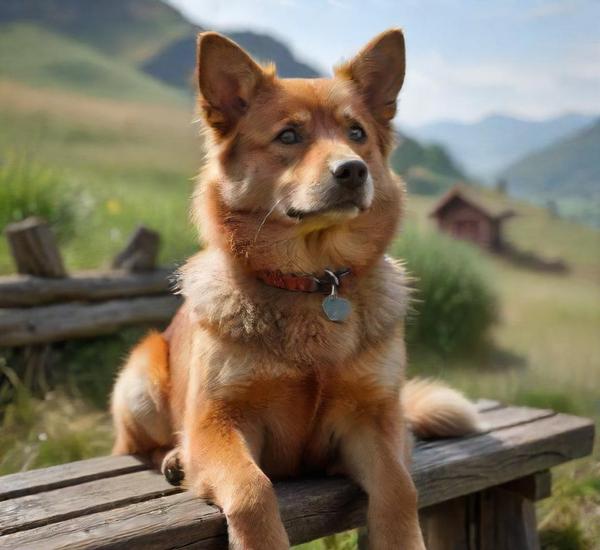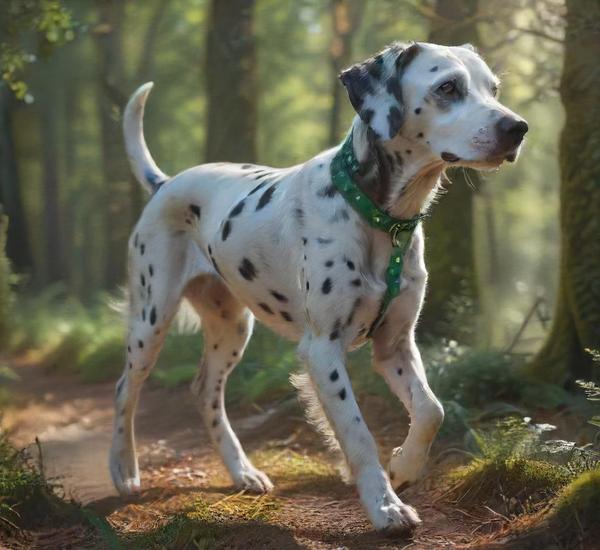The Swedish Vallhund, a captivating breed with a history steeped in Scandinavian tradition, is a small yet robust herding dog known for its agility and …

Happy Paws: All About Dogs

The Swedish Vallhund, a captivating breed with a history steeped in Scandinavian tradition, is a small yet robust herding dog known for its agility and …

The Dalmatian, with its distinctive black or liver-spotted coat and storied history, has captivated dog enthusiasts for centuries. Known for its unique appearance and energetic …

Welcome to the ultimate guide to Affenpinschers, the delightful little dogs with big personalities! Affectionately known as monkey dogs due to their charming, simian-like expressions …

The Alano Español, also known as the Spanish Alano, is a captivating breed with a rich history that traces back to Spain’s medieval period. Renowned …

The Samoyed dog breed, renowned for its stunning white coat and friendly demeanor, has captured the hearts of dog enthusiasts around the world. Originating from …